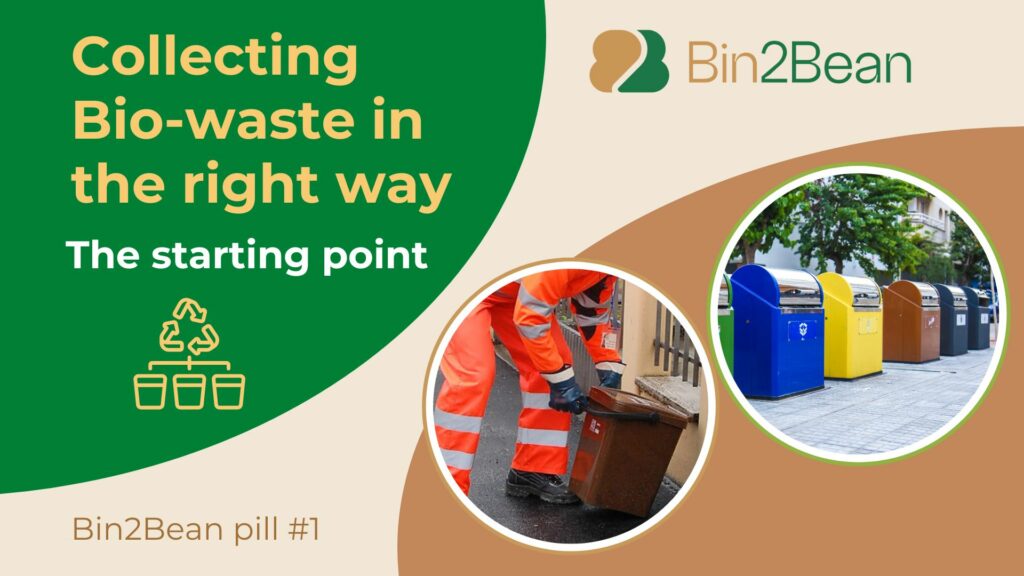Setting the stage
European citizens produce every year many million tons of bio-waste – mainly food and garden waste. Despite being a key resource to obtain many added value materials within the circular economy principles, the available data show that the majority of this waste stream is not valorised (1), as shown by the figures reported in the infographic below.

To enable bio-waste to be used, for example, as a source of high-quality soil improvers, it needs to be collected separately while ensuring that it is not mixed with other waste streams (so as to keep the impurity levels low). Soil improvers can then be used to make our lands more fertile and restore much of the healthiness lost.
In this context, how the EU and the different EU cities are trying to ensure to exploit this untapped potential while contributing to a general reduction in the quantity of landfilled waste?
Since the beginning of 2024, all EU Member States have been obliged to apply separate organic waste collection in all municipalities (Directive 2018/851 – Waste Framework Directive). This really represents a crucial step forward in ensuring an increase in the quantity of bio-waste collected that can be enacted by adopting different systems, e.g. door-to-door collection, road containers, collection of green waste at recycling yards.
Collection systems
Door-to-door collection for households is proven to be the system yielding the best quantitative and qualitative results – much better than, for example, open or locked road containers. Evidence shows that the impurity levels (e.g. micro and macro plastics, glass, and sometimes with hazardous compounds) are much lower in the case of door-to-door collection. Indeed, with road containers, participation tends to be voluntary, while, door-to-door collection, focuses on the individual responsibility of citizens and households of separating waste (2).

However, several barriers still hinder the performance and full deployment of existing bio-waste collection systems across the EU. Unless the interests between cities (waste charges), waste logistics (quality and costs), and composting facilities (high-quality compost to be sold) are not carefully aligned, corresponding business models often fail due to too little value creation.
In addition, varying impurity levels negatively affect the valorisation of the bio-waste and in turn the quality of the compost that can be produced. This is essentially due to inappropriate behaviours and waste disposal practices from citizens, who tend to over-fill containers, do not respect sorting guidelines or lack of awareness on adequate sorting. Citizen social responsibility thus adds to the already intricate business models for biowaste collection that must take into account technological, organisational, regulatory and financial aspects.
Increasing the level of (well done) separate biowaste collection, with a significant reduction of impurities, is the first step towards an increased and sustainable production of soil improvers. This can only be achieved if several elements are combined: a functional separate collection system,the correct behaviour of all citizen while sorting their waste, and adequate processing. The behavioural issue is fundamental to address, thus raising awareness among our fellow citizens about the importance of these little gestures is paramount to kick start the circular process that we aim to promote and replicate.
In the next article, we will look at the different types of Soil improvers
Further Reading
(1) ECN Data Report 2022, European compost Network
(2) How to best collect Biowaste, Zero Waste Europe (2022)
(3) ROOTS, Circular Policies for changing the biowaste system (2022)

